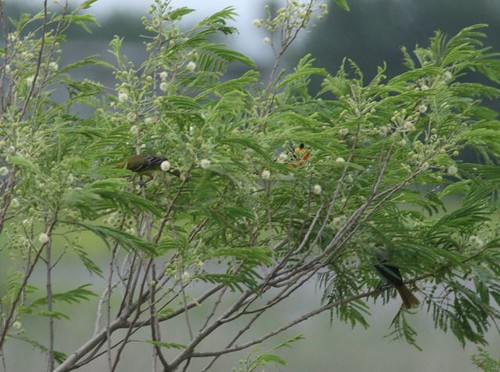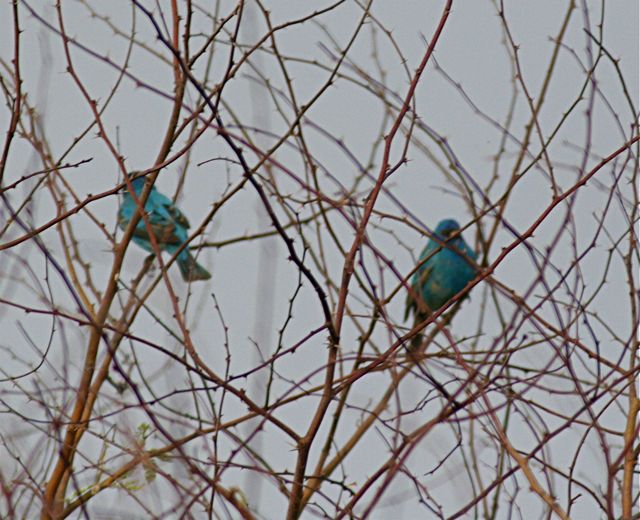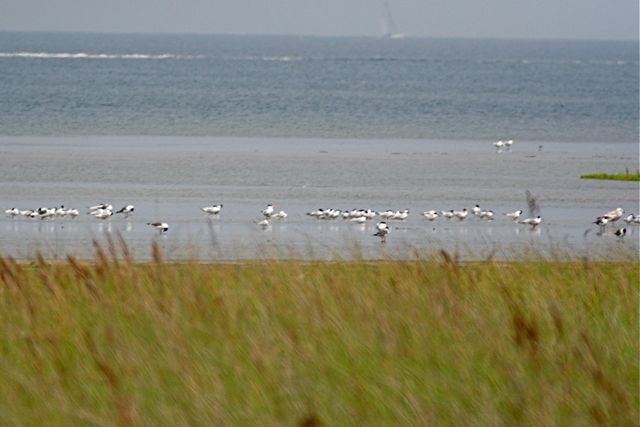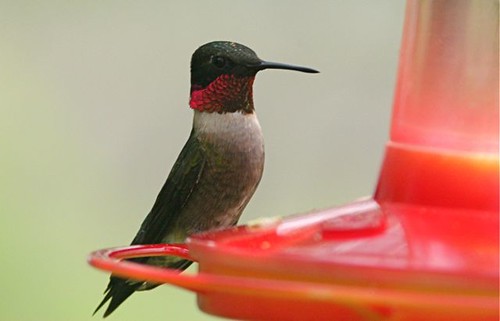We planted some gray birches (Betula populifolia) on our southeastern Ohio ridgetop farm about a decade ago. Julie was the one who wanted birches specifically, since they reminded her of the New England woods where she'd spent her college and post-college years. Being an artist, she loves birches for their visual appeal: pale bark dotted with black, bright green leaves that turn golden in autumn. In winter, when the birches, like most other deciduous trees, are completely leafless, the stark white trunks flecked with black seem to fit perfectly—almost beautifully—into the stark landscape.
Gray birch does not occur naturally in our area. In fact the only birch native to our part of Ohio is the river birch. Our dry ridge is not the preferred habitat for the gray birch, but they are short-lived trees anyway, so when they begin to age-out, we plant a few new ones.
Though we planted them for their aesthetic value, little did we know what bird magnets these trees would be. We've planted them in clumps of two or three all around the yard and it's rare to look into one of these clumps and not see a bird. I've watched migrant warblers, orioles, tanagers, vireos, cuckoos, and thrushes drop out of the sky into the birches. My guess is that, when flying over, they recognize the birches' shape, color, or foliage.
 A black-throated green warbler anting in one of our gray birches.
A black-throated green warbler anting in one of our gray birches.Sapsuckers seem to be drawn to our birches and their rings of small sap holes are easy to spot on every large trunk.
As the gray birches age, some of the branches lose their leaves, much like and aging man begins to lose his hair. These bare sticks are perfect perches for ruby-throated hummingbirds and insect-hawking flycatchers. They are song perches for blue-winged warblers, and indigo buntings that next in the nearby edge habitat.
Even when a birch tree is dead it still provides for the birds. Flickers dig ants from the rotting stumps. I gather the dropped branches together to weave a brush pile near the feeders before the first snowfall blankets the ground.
Our willows and ashes and oaks and maples and mulberries and tulip poplars and sycamores and box elders and sassafrases and red pines are wonderful, bird-friendly trees. But none of these seems to draw the birds in every month of the year like the gray birch does.
Here are a few images of fall warblers in the gray birches from last week.




















